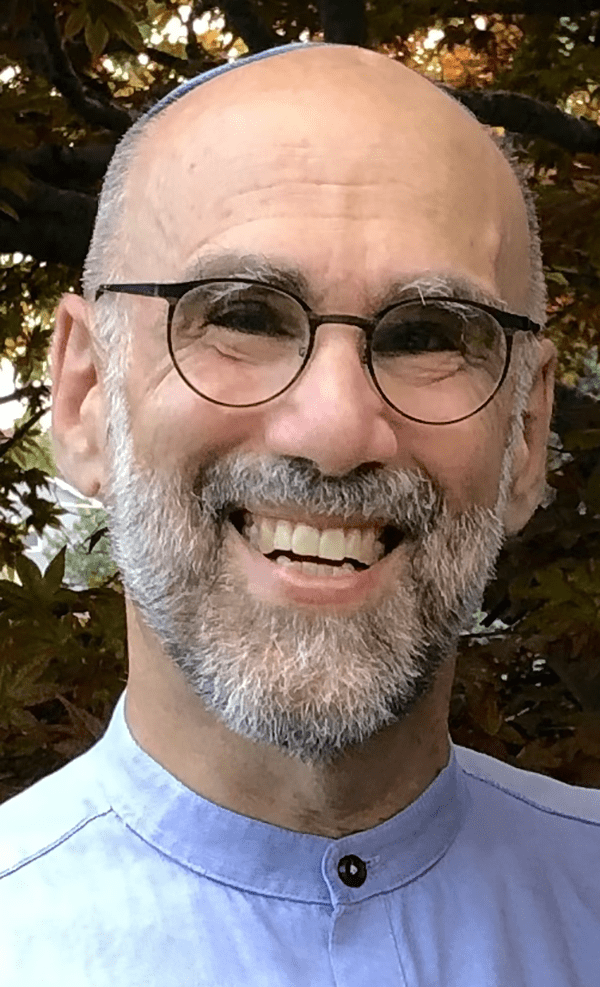Makin’ Matza!
My recent posts...
Selling Chametz
Even if you don’t keep a kosher kitchen, and/or you don’t “convert” your kitchen for Pesach, there is still spiritual value in selling your chametz: You are engaging with myriad Jews worldwide in a practice that can be traced back to Torah and, if you include a donations to “ma’ot chitin,” you are enabling those in need to more fully celebrate Pesach.
A Few Things About Pesach (With lots of links)
There is a wealth of information about Pesach (and the challenges of this year) at Exploring Judaism.org.
Omer 5785
My recent posts...
Spell, Psalm and Solace
Spell, Psalm and Solace
Finally, considering that each of the three Torah blessings has merit, the anonymous editor closes the discussion with “Therefore, let us recite them all”! We no longer need to wonder how Birkat Hamazon got so long: “Oh, that’s good, too. Let’s add it!” (We rarely, if ever, remove something older to make space for the newer.)
At heart, Talmud reflects the eternal quest of the Jew: how do we correctly fulfill the commandments / mitzvot in Torah when details are sparse? The Talmud is the magnum opus of perhaps our greatest formative period as Rabbinic Jews: Following the destruction of the ancient Temples and the dissolution of the priestly system, centuries of sages tried to figure out, often in excruciating detail, how to carry out Torah dictates./p>
This quest is ongoing; some contemporary Jewish denominations claim to know the (only) right way while others pursue more adaptive ways of continuing the discussion and decision-making begun so long ago. Experiencing our early religious evolution through the eyes of Talmudic sages is revelatory and rewarding.
That’s why Talmud.


